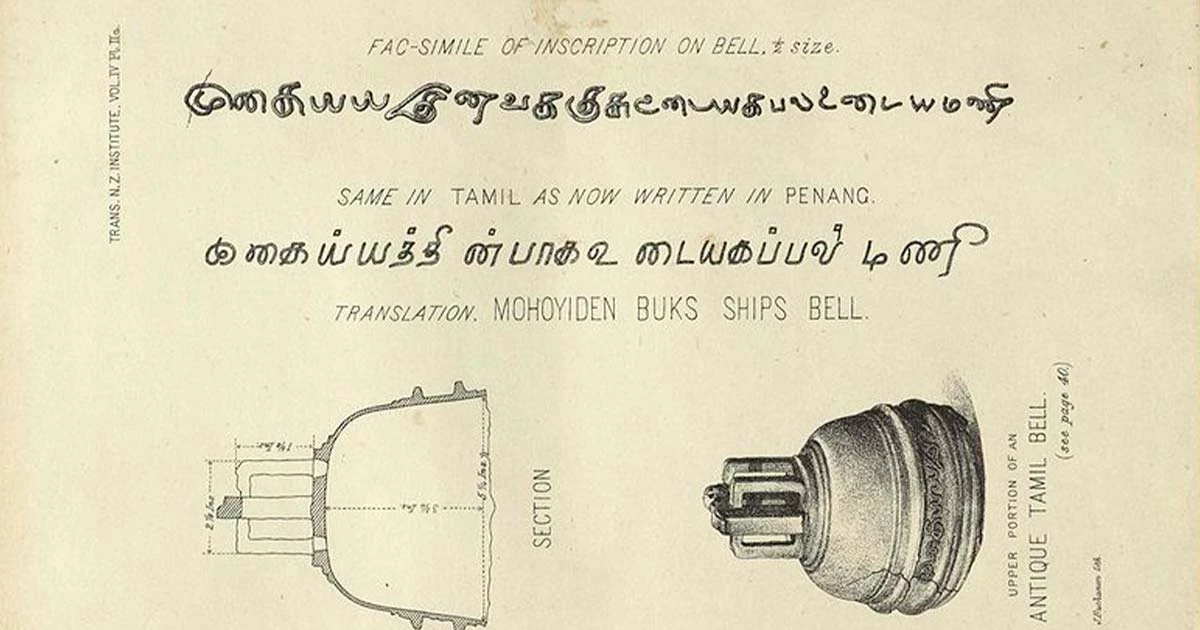Some of the most intriguing archaeological discoveries are the so-called “out of place artifacts”. These strange finds, as unexpected as they are inexplicable, are highly valued for what they might be able to tell us about our history.
Such is the case with the Antikythera Mechanism, which reveals a level of Ancient Greek navigational and computational sophistication few suspected. Similarly the Maine Penny, once dismissed as a fake is now seen as tentative proof of Vikings in North America centuries before Columbus.
They are highly controversial for the same reason. Artifacts such as the Baghdad Battery or the London Hammer are often dismissed as modern misunderstandings, if not outright fakes.
And then there are the artifacts on which we can only theorize. Such is the Tamil Bell.
A Cooking Pot, No Less
The Tamil Bell was discovered in the 1830s by Cornish missionary William Colenso, who had travelled to New Zealand. The bell was discovered near Whangarei, where it was being used by Maori women to boil potatoes.
The bell was made of bronze and had been broken at some point, which is probably why it was discarded and pressed into service as a coking pot. But what was most intriguing about the bell was the inscription which ran around the outside.
The inscription read “Mukaiyyatīṉ vakkucu uṭaiya kappal uṭaiya maṇi” which would have been as baffling to the Maori as to you or me. For the inscription was in Old Tamil, a language that had no place in 19th century New Zealand.
Nor was this an antiquated throwback, similar to Latin inscriptions on churches and government buildings. Some of the characters used in the inscription were not used in current Tamil script, and it appeared that the bell may have been centuries old at the time of its discovery.
Of course the bell being even older only exacerbated the conundrum of its discovery. Happily, there was a clue to go on.
The inscription translates to “Mohoyiden Buks ship’s bell” and this seems to have solved part of the problem, at least. A maritime expedition was something of which the Tamils were entirely capable.
It is also possible that the Tamils had made it as far as New Zealand, which would suggest contact between the two peoples far earlier than had previously thought. It is this which makes out-of-place artifacts so valued, as they can often correct our understanding of history in this way.
Of course, it could as easily have been dropped off of discarded by a Portuguese trader who had visited both the Tamils and the Maori. Or it could have come from a shipwreck, although this requires a mounting stack of coincidences and stretches credulity.
The Tamil Bell today sits in the Museum of New Zealand Te Papa Tongarewa. Its origin remains a mystery, and we have only these theories to go on.
Top Image: The Tamil Bell and its inscription. Source: John Turnbull Thomson / Public Domain.
By Joseph Green
